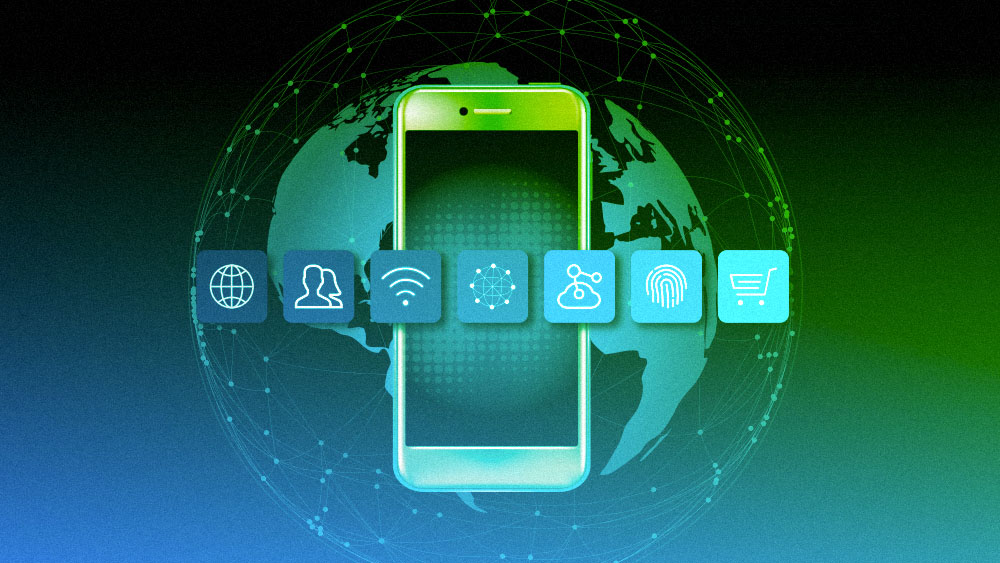Deloitte’s 2017 “Global Mobile Consumer Survey” has been released, and for the first time, several mobile trends are flattening out after years of consistent change.
A Maturing Market
The growth of mobile device ownership has slowed, increasing just five points from last year, which is down from 2016’s growth of seven points and 2015’s figure of 12. Saturation among the youngest consumers (18-to-24) is much higher at 93 percent, though adoption among those 55-and-older is growing more rapidly than any other group.
Common mobile-usage habits have crystallized into observable trends, the Deloitte report finds, with 89 percent of users checking their phones within an hour of waking up and 81 percent within an hour of going to sleep. These numbers are largely unchanged from 2016’s figures of 88 percent and 81 percent, respectively.
Similarly, the amount of times that users check their phones has plateaued at an average of 47 times per day, though the demographic aged 18-to-24 are a notable outlier. Such digital natives check their phone 86 times per day, up from 82 last year.
Mobile usage situations have likewise remained largely unchanged. The vast majority of consumers use phones while shopping, talking to family and friends, watching TV and eating. There is, however, one heartening change from last year—users are becoming more safety conscious, with 2 percent fewer reporting using their phone while crossing the road.
Device Etiquette
Mobile trends that are shifting are concern over mobile addiction and consumer efforts to combat it. Significant majorities among the youngest groups Deloitte surveyed reported the concern about overuse, with 75 percent of those aged 25-to-34 saying that they “definitely” or “probably” check their phone too much. By contrast, only 13 percent of those over the age of 55 expressed the same concern.
Beyond concerns, users are taking action to limit their usage. Thirty percent of all mobile users reported successfully reducing the time they spend on their phones, and 38 percent reported intending to in the future.
The most popular methods of fighting mobile addiction are keeping phones out of sight when meeting others (38 percent), silencing notifications (32 percent), keeping phones out of sight when alone (27 percent), deleting apps (26 percent) and shutting phones off at night (26 percent).
Furthermore, consumers are increasingly using their devices to communicate in more personal ways, with 86 percent making voice calls weekly, up from 77 percent last year. Voice calls are also on the rise, with 30 percent using such services weekly.
While worries about phone overuse are on the rise, so is consumer understanding of the value of their phones to others. The percentage of respondents reporting throwing their old phones away dropped by half, and the number who give old phones to family members almost doubled.
Changing Tech Trends
Consumer opinions on various mobile features are shifting, with users expressing a preference for Wi-Fi over 4G for the first time in the study’s history.
“Network statistic data indicates that this is in part being caused by an overall slowdown of 4G networks globally,” the Deloitte report reads.
Additionally, trust in mobile payments is rising as well. Almost 30 percent of users reported making an in-store payment via their phone this year, up 50 percent from 2016.
Interest in both connected devices in cars and wearable technology is increasing, too, with only 14 percent and 31 percent of users expressing disinterest, respectively. These numbers are down significantly from 2016’s of 25 percent and 38 percent.

